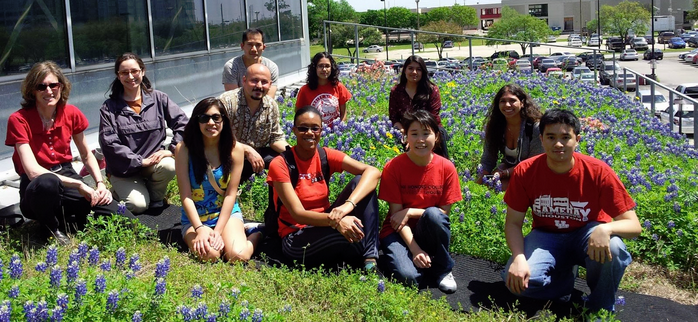We have an amazing opportunity for anyone who wished to volunteer at Sheldon Lake State Park!
Here is a little history on Sheldon Lake taken from the Texas Parks and Wildlife website:
"Sheldon Lake State Park & Environmental Learning Center is a 2,800-acre outdoor education and recreation facility located in northeast Harris County...
Sheldon Reservoir, located on Carpenter's Bayou, a tributary of Buffalo Bayou, was constructed in 1942 by the federal government to provide water for war industries along the Houston Ship Channel. Texas Parks and Wildlife acquired the reservoir in 1952 and designated it as the Sheldon Wildlife Management Area; it was opened in 1955. Sheldon Lake was designated a state park in 1984.
Formerly in a rural area, Sheldon Lake has survived a tremendous influx of urbanization over the past 50 years as Houston has grown. Sheldon Lake is now a green and blue oasis for wildlife and people on the edge of Texas' largest city. "Volunteers are needed to plant native coastal prairie grasses. This event will continue the restoration of 400 acres of farmland to native prairie habitat and re-establish the diverse wildlife that it once had.
If you are interested, please sign up!
Sign up here if you want to volunteer! Please sign up by April 2nd!!!
https://docs.google.com/forms/d/1Ua3CDs0-GbvcY-xpYw_vRWDhh-Xh0ulV-bqQN50hzdw/viewform
Photo Credit: http://popawalker-steve.blogspot.com/2010/08/sheldon-lake-state-park.html
Photo Credit: http://www.tpwd.state.tx.us/newsletters/state_parks_getaways/2008vacation/dyk.phtml





